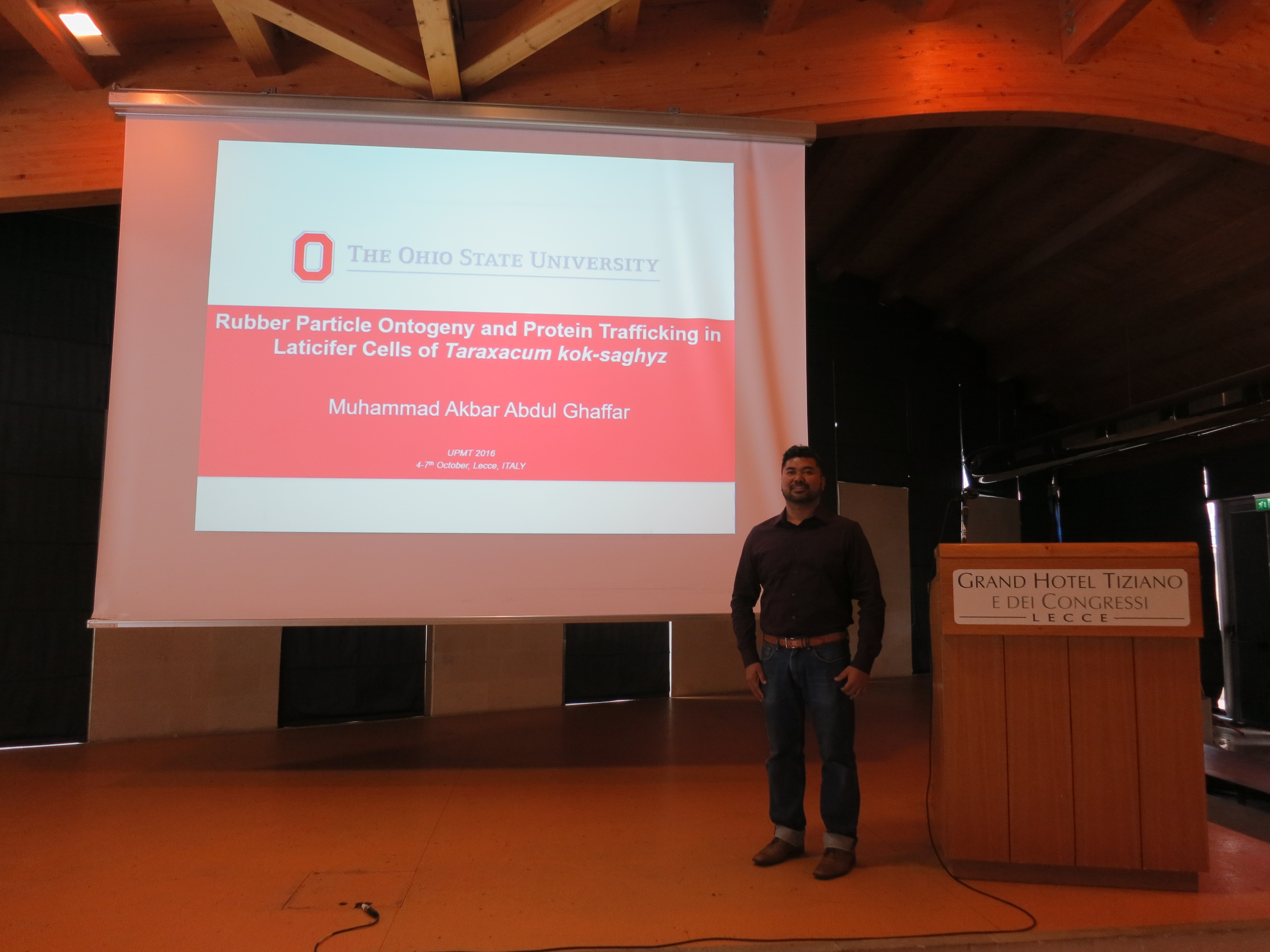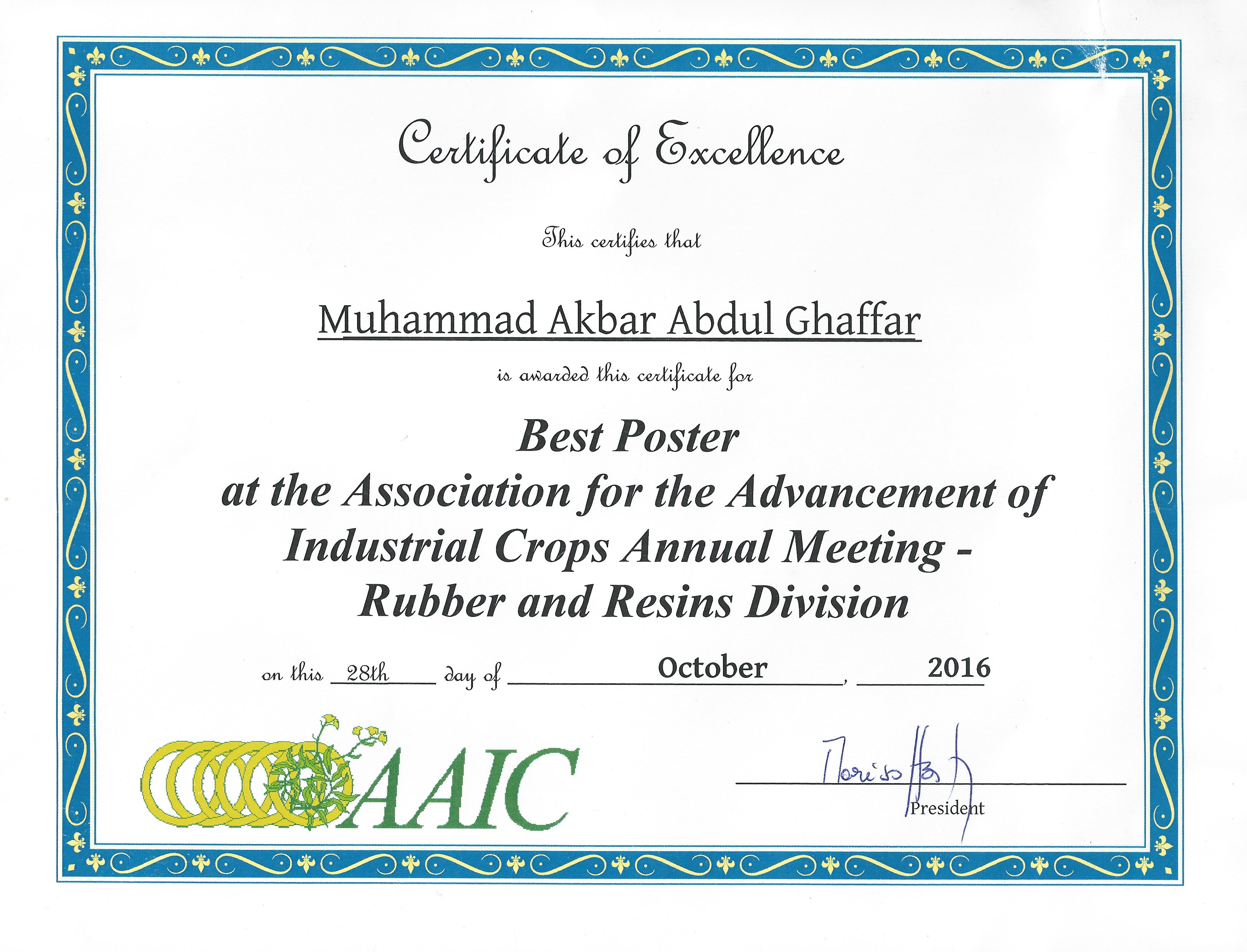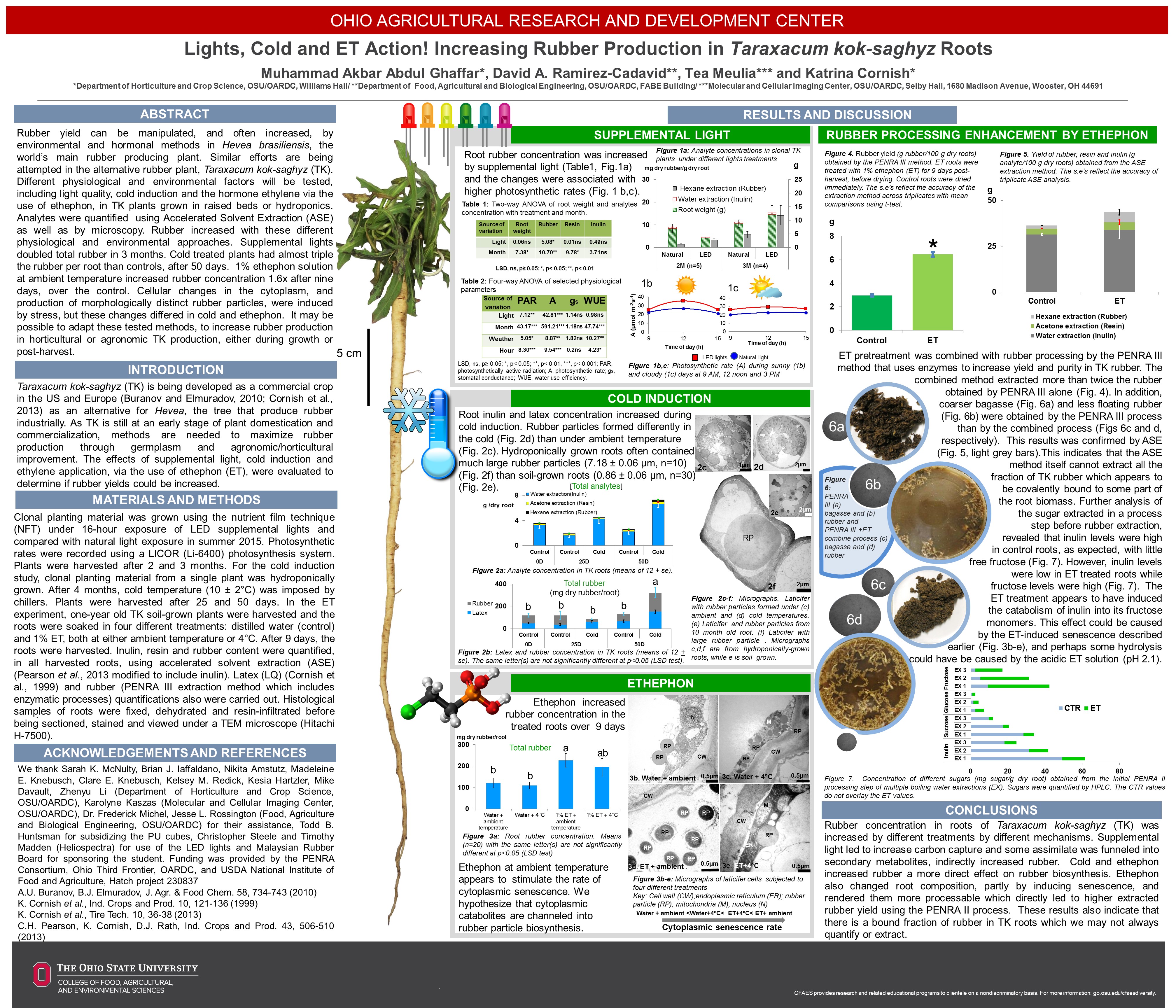About This Project
In the US, rubber dandelion (Taraxacum kok-saghyz (TK)) is being investigated as a substitute for the rubber tree (Hevea brasiliensis) due to its high quality rubber and ability to grow in temperate climates. However, how rubber particles develop and where they are synthesized is not understood
Our study will examine rubber particle origin and the use of environmental and hormonal treatments to increase rubber yield. These efforts will help make TK into a viable rubber crop.
Ask the Scientists
Join The DiscussionWhat is the context of this research?
TK is being developed as a commercial rubber crop in the US and Europe as an alternative to Hevea brasiliensis, the tropical rubber tree. Both species contain pipe-like multi-nucleate vessels, called laticifers, which produce latex. There are gaps in the past studies of these species regarding the ontogeny and development of rubber particles, which need to be addressed.
Furthermore, the influence of physiological and environmental factors on rubber biosynthesis is not well understood and our research may indicate which stimuli increase rubber production. As a potential new rubber crop, understanding the dynamics of rubber particle ontogeny in TK may lead to strategies to positively manipulate rubber production.
What is the significance of this project?
Economically, the long term vision for this project is to have an alternative rubber crops industry that can help US farmers. To support this vision, we are trying to translate basic research findings into commercially viable outcomes, by maximizing TK rubber production through breeding and improved horticultural practices. Thus, it is important for us to first understand how rubber is produced in plants.
We believe that the proposed investigation is worth pursuing due to unresolved identification of the beginning site of rubber particle ontogeny. Our research is trying to provide answers of what, where and how rubber particles are being produced and if this process can be accelerated
What are the goals of the project?
The initial goals are to characterize the morphology and development of rubber-producing cells as they mature and initiate latex production, isolate the sub-cellular site of origin of rubber particles and follow the movement of rubber particles through vesicular trafficking cellular pathways.
We hypothesize that rubber particles are derived from the endoplasmic reticulum of rubber-producing cells and move through standard vesicle trafficking pathways as they mature and produce rubber.
The second phase of the study will characterize differences in the ontogeny and development of rubber particles induced by the different treatments of ethephon, cold, and light quality.
Budget
The use of different microscopes for histological and ultra-structural studies plays a vital role in providing information on rubber particle ontogeny. Light, confocal and transmission electron microscopes will be used. A diatome diamond knife will speed up sample preparation. The budgeted funds will be used to examine the ultrastructure of approximately 40 root samples, and quantify the rubber content in the same roots. These roots are from different environmental and hormonal treatments of living plants.
Endorsed by
Meet the Team
Muhammad Akbar Bin Abdul Ghaffar
I received my Bachelor of Science in Bio-industry from University Putra Malaysia, Serdang. After graduation, I began work as a researcher at Malaysian Rubber Board (MRB) in 2004, investigating the use of ethephon and ethylene to increase rubber yield in Hevea brasiliensis. I am still employed by MRB and they are sponsoring my doctoral studies at The Ohio State University (2012-2017) on rubber particle ontogeny and influence of environmental stress on rubber biosynthesis in multiple rubber-producing species. Click the link to learn more about my previous works.
Lab Notes
Nothing posted yet.
Additional Information
Botany Challenge Road Tour – Unconventional and Membrane Traffic Meeting 2016, Lecce, Italy (4-7 October 2016)
During the UPMT meeting last week, it was the first time that our rubber particle ontogeny model being presented as to gather feedbacks from the scientific communities. The model was based on our microscopy observations on TK roots at different ages only and without the influences of any environmental effects (lights, cold and hormonal used). We do hope that this crowdfunding efforts will help us in speeding up the results for our rubber particle ontogeny studies coming from these different environment factors. Thank you again to Biochemical Society and International Program in Agriculture, OSU for funding me to attend this meeting.
********************************************************************************************************
Botany Challenge Road Tour - 2016 Association for the Advancement of Industrial Crops (AAIC) International Conference, Rochester, New York (24-28 September 2016)
At the recent AAIC Awards Banquet, the poster entitled "Laticifer and Rubber Particle Ontogeny in Taraxacum kok-saghyz Roots" has won best poster under the rubber and resins category. The findings presented in the poster were parts of our earlier observations on rubber particles ontogeny as well as laticifer cell development studies. In this study, we used near infra-red (NIR) in predicting the rubber yield based on its laticifer number as well as rubber concentration obtained from Accelerated Solvent Extraction (ASE)
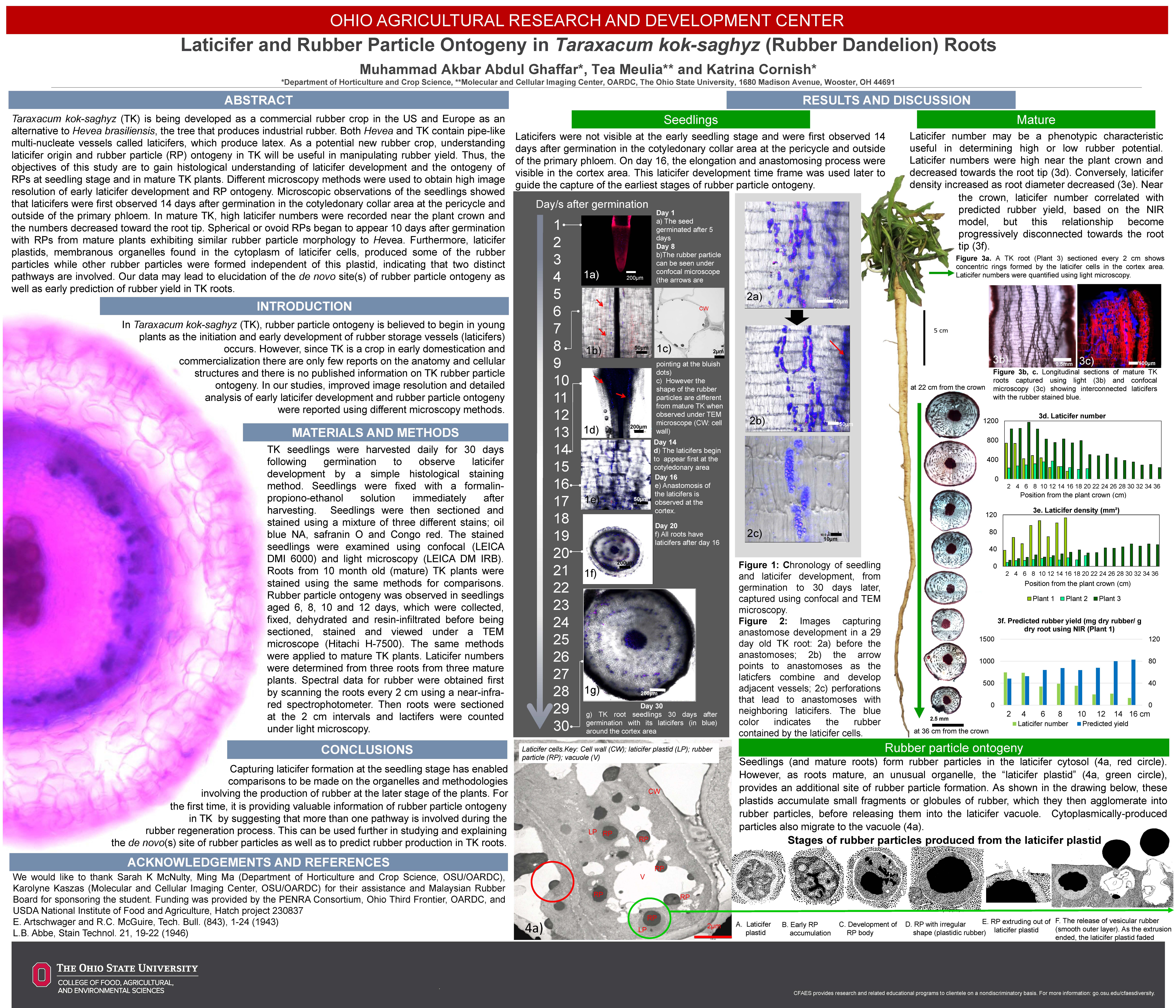
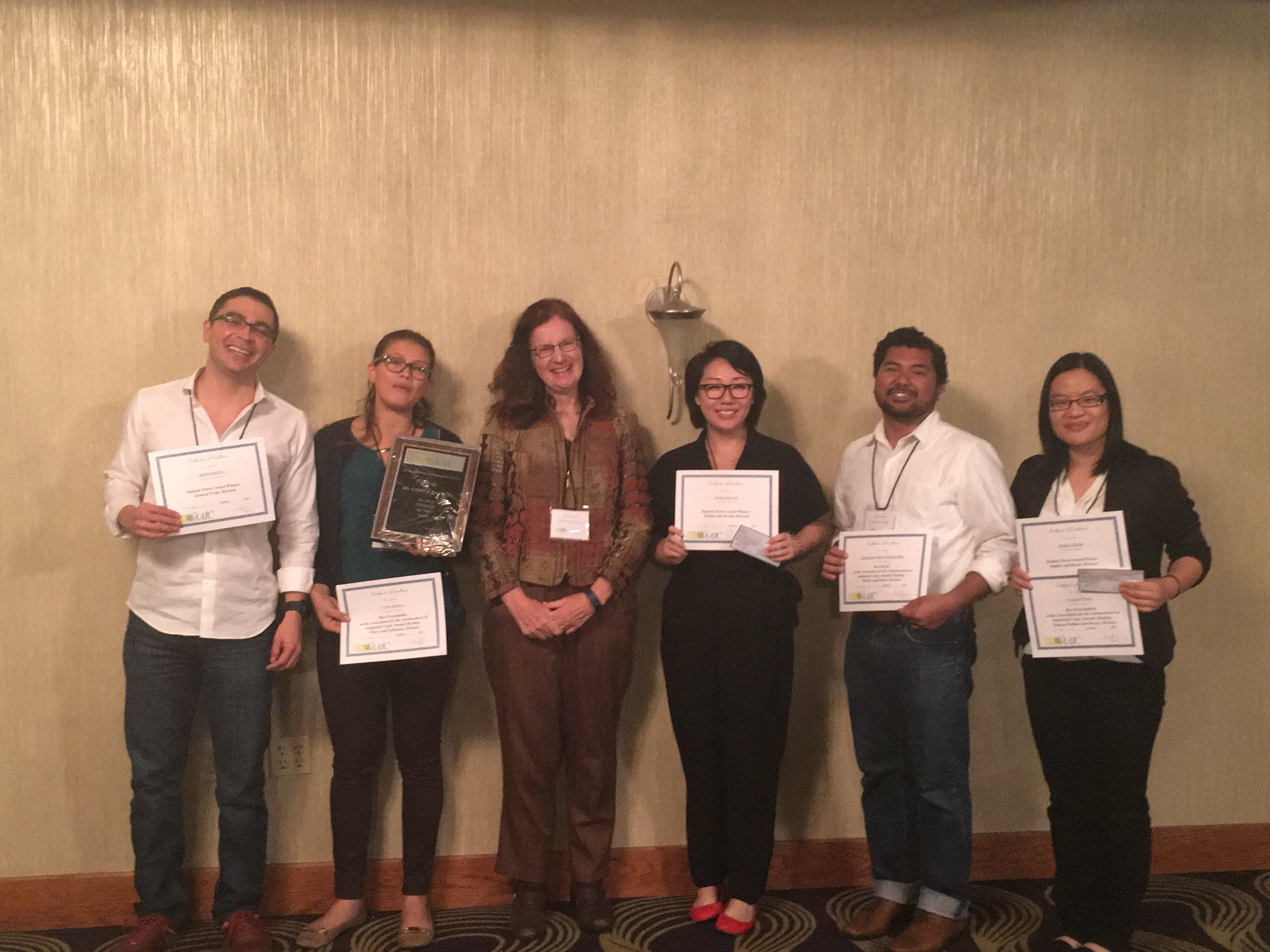
***********************************************************************************************************
I will be attending these conferences/meetings to present my current studies as well as promoting my crowdfunding botany challenge. Thank you to Biochemical Society and International Programs in Agriculture, The Ohio State University in providing me with the funding to attend these events.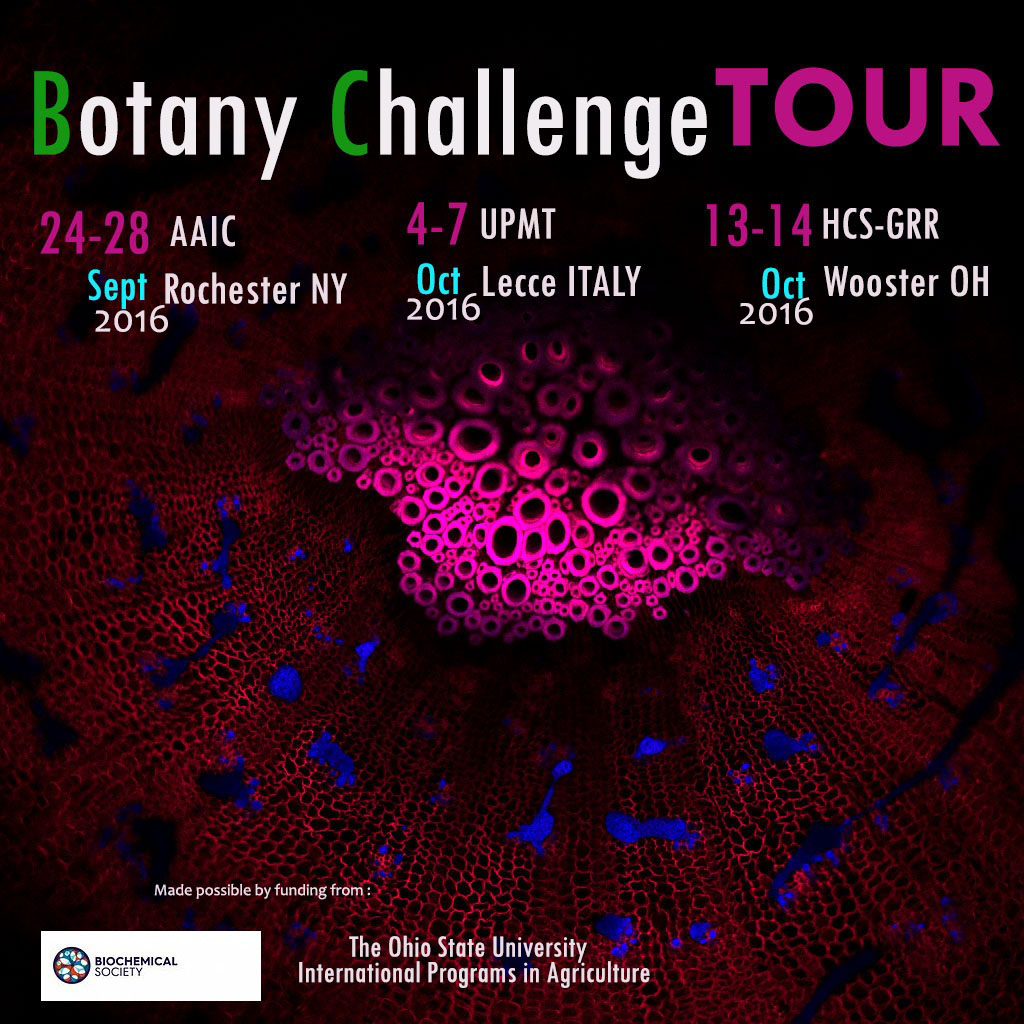
During the recent Botany 2016 meeting held in Savannah, Georgia, the poster entry from the study entitled "Lights, Cold and ET Action! Increasing Rubber Production in Taraxacum kok-saghyz Roots" won the best poster award under the category of Physiological Section Li-COR Prize. This research quantified rubber concentration, but did not investigate rubber particle ontogeny under these treatments.
Project Backers
- 11Backers
- 7%Funded
- $350Total Donations
- $29.17Average Donation




